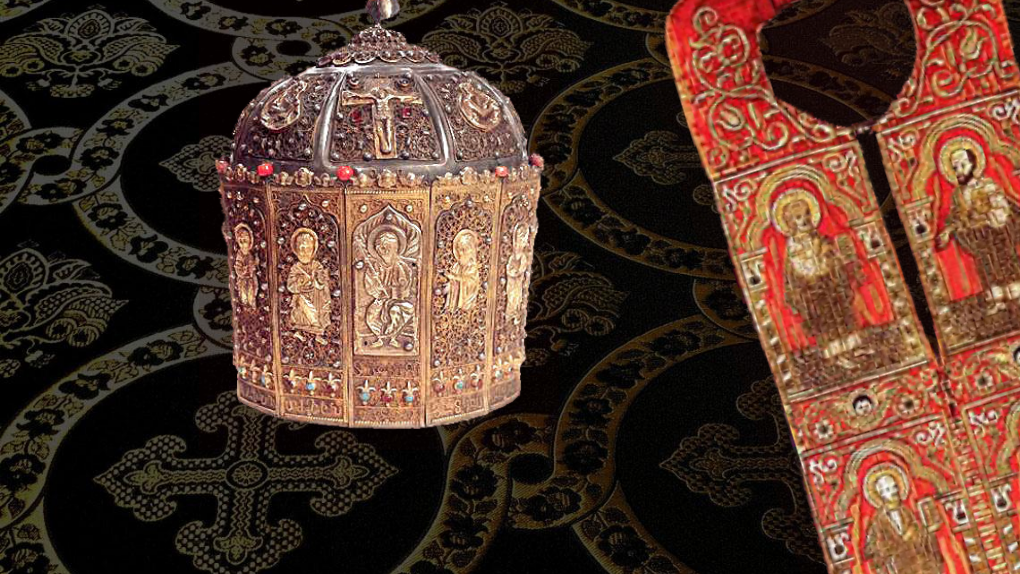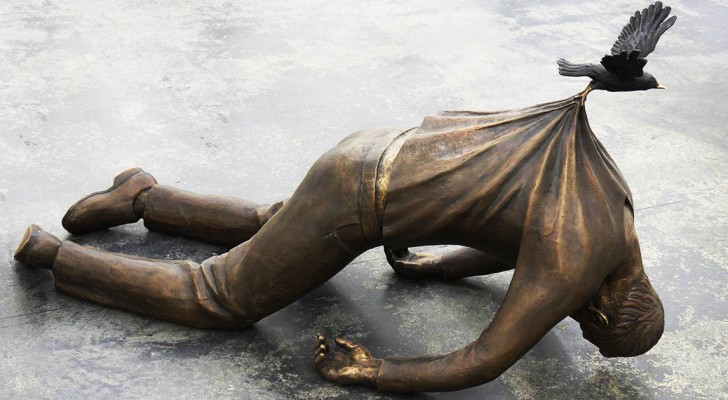
The vestments worn by the priest during the liturgy are a kind of sacred uniform. A person’s uniform is related to the kind of work that person does. It also provides a distinctive appearance that makes the person easily recognizable to the people he or she serves. A uniform may inspire trust, authority, professionalism and confidence. The jacket worn by a physician, for example, has large pockets for storing medical instruments and references that the doctor relies on when examining patients. The crisp, white color conveys the cleanliness and hygiene that a doctor must maintain to prevent the spread of disease. A judge’s black robe is intended to cover his personal clothing, and thus his personal tastes and opinions. This promotes an impartial and professional appearance. The judge’s robe has also come to convey a sense of authority. Even the business executive’s suit, shoes, wristwatch and briefcase are part of a uniform that is interpreted as portraying power, affluence and success, cardinal qualities in western society. “Dress for success,” we hear.
Some uniforms are steeped in history and tradition, and can appear peculiar and even silly today. The powdered wigs worn by British magistrates originated in the seventeenth century after England was torn apart by a civil war. The respective factions in that war had differentiated themselves by either wearing their hair long or short. The judges’ wigs served to disguise their political positions, thereby promoting a sense of fairness and objectivity.
A priest wears special vestments for many of the same reasons. In the Armenian Church the priest’s garments have developed gradually over the course of centuries. On the whole they are modeled after the vestments that the Lord instructed Moses to prepare for the use of Jewish priests during their temple sacrifices and worship (Exodus 28). By choosing this biblical model, the fathers of the Armenian Church intended to show that the sacrifice of Jesus Christ on the cross, which we celebrate in the Badarak, has completed and replaced the Jewish temple sacrifices.
Some of the vestments have (or, like the wigs of the British magistrates, had at one time) a functional use. The shabeeg (shirt or alb) a white, ankle-length tunic, is worn over the priest’s sheet clothes to cover them. Somewhat like the physician’s white coat, which represents cleanliness, the priest’s shabeeg conveys the purity and sanctity that we receive through Christ in the Eucharist. The pazban or cuffs, wrap around the wrists over the shabeeg sleeves to keep them out of the way while the priest manipulates the Eucharistic bread and wine. The poroorar, a long, wide band of material that ties around the neck and falls down the front to almost ankle-level, was originally an apron that was also used during the administration Holy Communion. The kodee, or belt, keeps the shabeeg and poroorar neatly in place. The crown (saghavard) and robe (shoorchar) are reminiscent of a king’s attire. At the heart of our Christian faith is God’s promise to raise his children—despite our human frailty and errors — to be with Him now and always, protected, honored and adored as if by a just, powerful and invincible king. Jesus said, “I confer on you, just as my father has conferred on me, a kingdom, so that you may eat and drink at my table in my kingdom” [Luke 22:30]. In the Divine Liturgy we are given this privilege in Holy Communion.
Some people think that the priest’s vestments are outdated and irrelevant to modern times. On the other hand, a clearer understanding of the function, history, and intent of the vestments can help make the Badarak a more meaningful and holy experience for us and for our loved ones. The fact that the vestments are unusual reminds us that when we set foot in church for the Divine Liturgy and other church services, we are entering God’s realm, where the rules, ideals and ways “are not of this world” [John 8:23]. The radiant colors and the shimmer of the rich fabrics hints at the beauty and magnificence of God, an inexhaustible inheritance that Jesus Christ has promised for all of us [John 16:15]. The saints and teachers of the Armenian Church viewed the priest’s beautiful vestments as an image and anticipation of each of us, cleansed of sin, made holy, and reigning with God in heaven through Jesus Christ.
Source: Frequently Asked Questions on the Badarak, The Divine Liturgy of the Armenian Church by Michael Daniel Findikyan.

